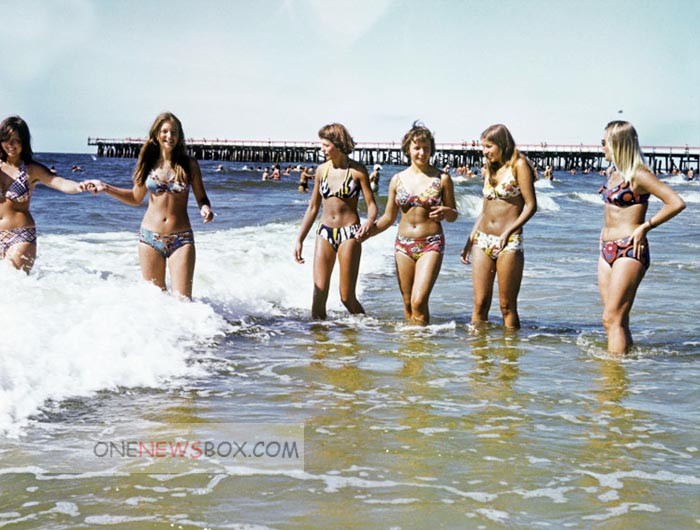The Soviet Union had its roots in the 1917 October Revolution, when the Bolsheviks, led by Vladimir Lenin, overthrew the Russian Provisional Government which had replaced Tsar Nicholas II during World War I. Older generations recall the security and pride of Soviet life, while younger people reflect on the limits it imposed on personal freedom and expression. In 1922, the Soviet Union was formed by a treaty which legalized the unification of the Russian, Transcaucasian, Ukrainian and Byelorussian republics that had occurred from 1918. Following Lenin’s death in 1924 and a brief power struggle, Joseph Stalin came to power in the mid-1920s.
Life in the former Soviet Union was complex — shaped by ideology, discipline, and shared struggle. It offered education, healthcare, and a strong sense of community, but it also demanded conformity and sacrifice. The Soviet experiment left a lasting mark on the world, influencing art, science, politics, and the lives of millions. Even decades after its collapse, its memory continues to shape the identity and culture of the nations that once called it home.

